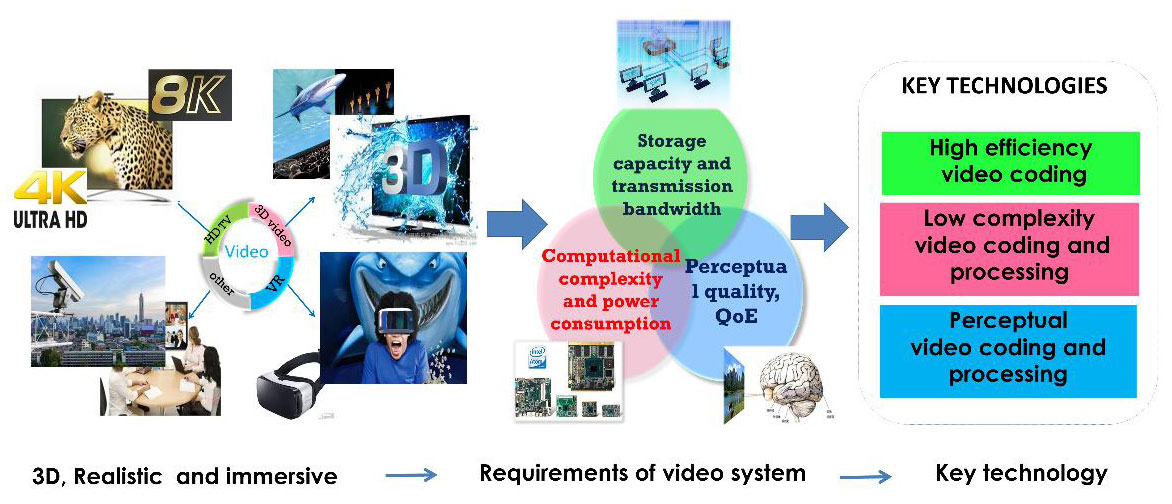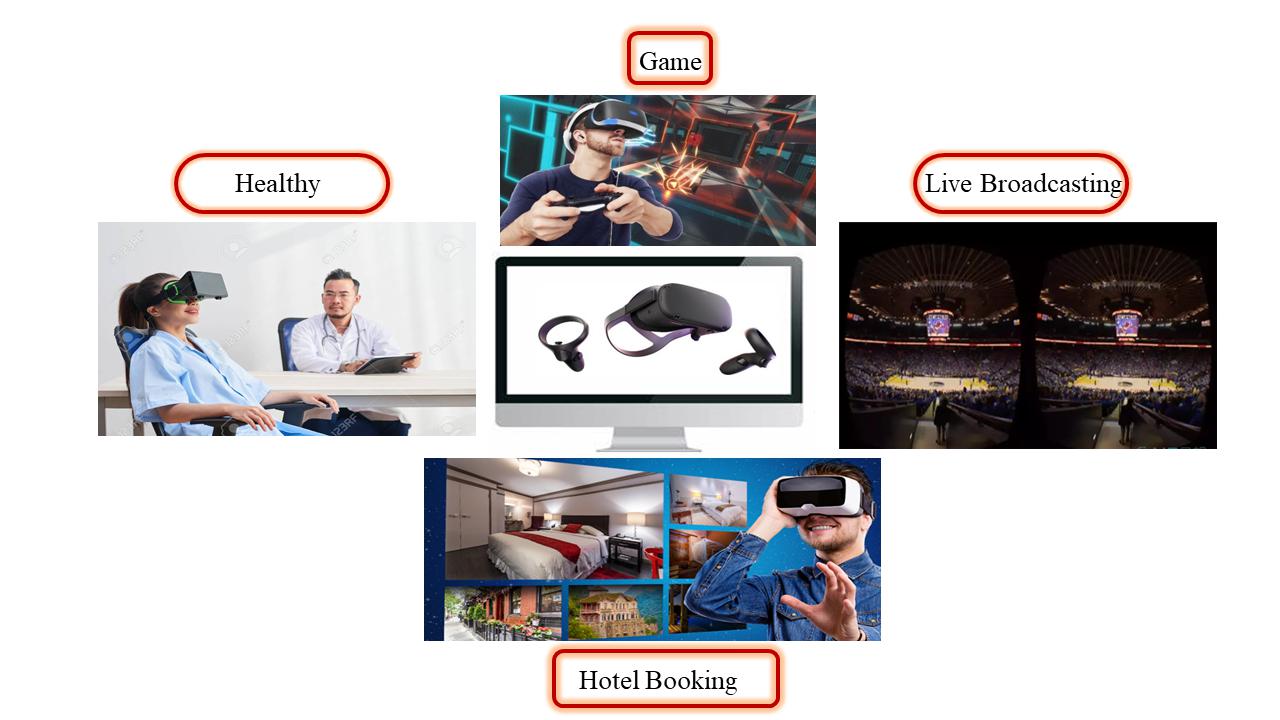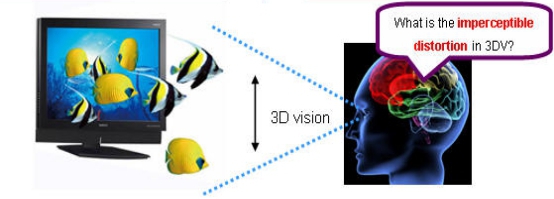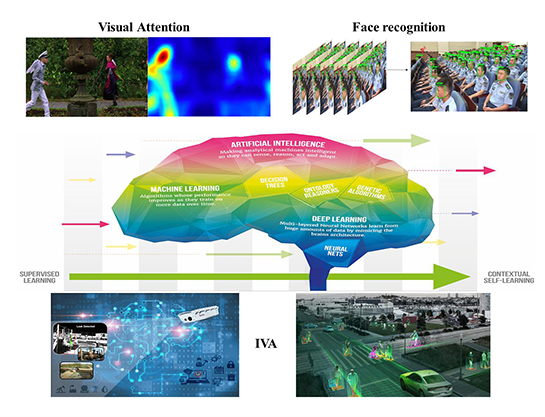We are interested in R&D in high definition (HD)/ ultra high definition (UHD) video, 3D/Multi-view video and immersive virtual reality applications. Based on the requirements of the video system, our major research objectives are 1) improving the video compression efficiency to reduce the storage capacities and transmission bandwidth; 2) reducing the computational complexity and power consumption to achieve low complexity video signal processing; 3) optimizing the visual signal processing chain by analyzing and exploiting the visual perception properties of human visual system (HVS) to improve the QoE of video system.

The main target of video coding is to minimize bit rate while ensuring high visual quality. With the explosion of video applications, efficient video coding technology is becoming more and more urgent. However, in existing coding theory, most image/video quality assessment metrics were based on PSNR or SSIM, which can hardly reflect the human perceptual quality. On the other hand, most existing video coding methods were designed to eliminate the redundancy of video signal by exploiting the spatial and temporal redundancy with little consideration of visual redundancy. It is reasonable to consider QoE of users, human visual characteristics and video content features in the process of designing video coding methods so as to further improve the coding efficiency. Specific research project:2D Video Coding, 360° Video Coding.

With the development of VR technology, Multi-view/3D video and point cloud has been applied into manufacturing, sports, design, etc.., since it is capable of representing high quality 3D world scene, such as 3D depth impression and interactive selection of arbitrary viewpoint/direction within a certain range of distances. Considering these features and with the technological advancements in display technology, it would allow many new visual media applications, such as photorealistic rendering of 3D scenes, free-viewpoint television (FTV), 3D television (3DTV) broadcasting, and also include mass customization point cloud applications, to provide exciting visual functions for users. Due to the various applications, point cloud compression of static data aims to exploit the spatial redundancy, point cloud streaming aims to achieve a balance between the visual quality and bulky data on display devices. Specific research project:UHD 3D video live system, Omnidirectional video live system, point cloud coding/ streaming

Immersive Virtual Reality (VR) can provide a high definition, more vivid and interactive visual experience, which has huge a large number of potential market demands. However, it still faces many challenges, including: 1) video content generation, high quality video capturing and video stitching technology; 2) low complexity while high quality video rendering technology and deep user interaction; 3) visual perception models to improve user's QoE. Specific research project:visual perception model construction, subjective and objective VR image/video quality assessment, perception based compression algorithms of 360° video.

Intelligent Video Analytics (IVA) products add artificial intelligence to cameras by analyzing video content in real-time, extracting metadata, sending out alerts and providing actionable intelligence to security surveillance or other systems. Video analytics can be embedded at the edge (in-camera), in server’s on-premise, and/or on-cloud. Machine learning and, in particular, the spectacular development of deep learning approaches, has revolutionized video analytics, which includes behavior recognition, image classification, detection and tracking etc. Based on machine learning and deep learning methods, IVA software can contribute in a major way by providing a means of accurately dealing with volumes of information.
